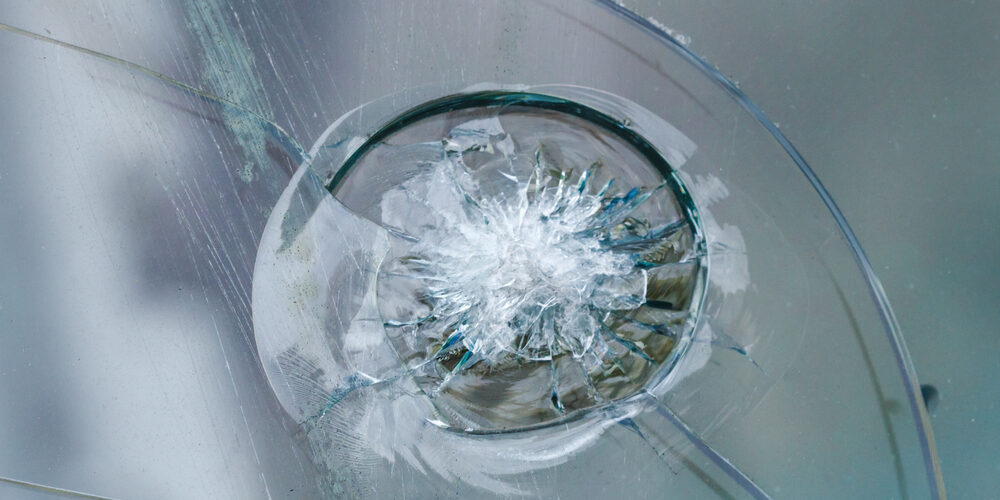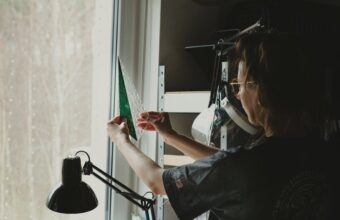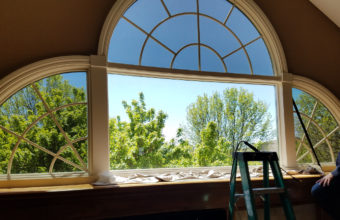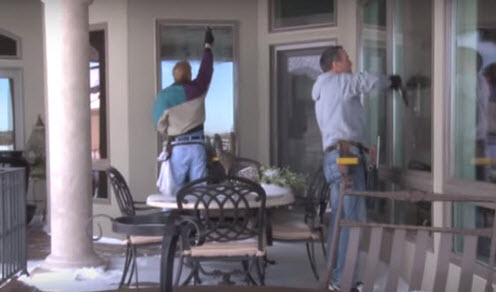Tinted glass, by itself, is not bulletproof. Tinting glass refers to applying a thin film to the surface of the glass for various purposes such as reducing glare, improving privacy, or blocking UV rays. While tinted glass can provide some additional strength and shatter resistance due to the adhesive properties of the tint film, it is not designed or tested to withstand ballistic impacts like bulletproof glass.
Bulletproof glass, also known as ballistic glass or bullet-resistant glass, is specially designed and manufactured to withstand the impact of bullets and other projectiles. It typically consists of multiple layers of glass and polymer interlayers that absorb and dissipate the energy of the bullet, preventing it from penetrating through the glass.
Bulletproof glass is engineered to meet specific ballistic standards and is rigorously tested to ensure its effectiveness against various types of firearms and ammunition. It is commonly used in high-security applications such as bank teller windows, armored vehicles, and government buildings where protection against ballistic threats is required.
While tinted glass may offer some degree of resistance to impact and shattering, it is not capable of providing the same level of protection as bulletproof glass. If ballistic protection is a concern, it’s essential to use materials specifically designed and tested for that purpose, such as certified bulletproof glass or ballistic-rated building materials.






